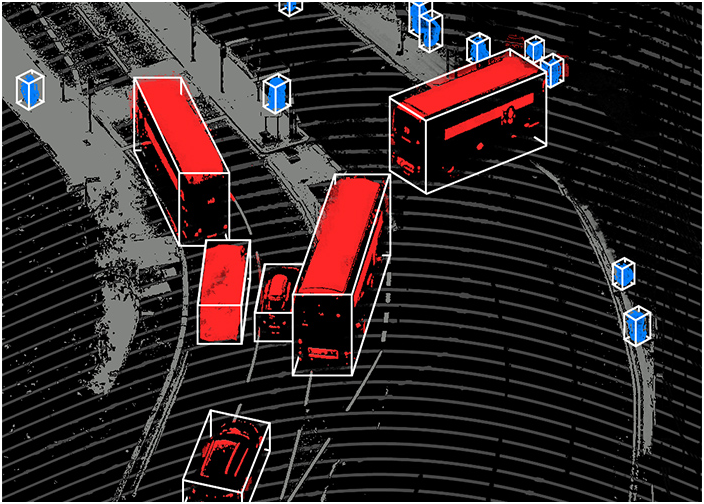Industries across the board, in today’s world of data rely on artificial intelligence (AI) and machine learning (ML) to gain crucial insights from massive quantities of data. Image annotation is a fundamental computer vision technique that plays an essential role in making image data easily understood. In this article, we examine the realms of image analysis and look at the significance of software, tools, and solutions that support data-driven decision-making.

Image annotation is the process of identifying images, or marking images by metadata. This makes it possible for computers to interpret and understand visual data more effectively. By adding annotations such as bounding boxes or polygons, key points, or semantic segmentation, image annotation allows models in ML to detect patterns, objects, and other attributes in images. This method can bridge the gap between raw image data and actionable information, opening the way for applications across various domains such as autonomous vehicles, medical imaging, e-commerce, and surveillance systems.
A wide variety of tools have been developed to make it easier for image annotation. These tools offer intuitive interfaces that allow users to mark objects or areas of interest in images without difficulty. These tools come with a variety of options, in addition to options for customization which can be customized to meet specific requirements for data. From simple drawing tools to advanced recognition and automatic annotation suggestions Image annotation tools boost the accuracy and efficiency of annotation processes, enabling annotators to work with precision and speed.
The next generation of software for image annotation includes automation and collaboration features. These software applications employ ML algorithms for automation making it easier to work with less manual effort and improving the speed of annotation. The annotation software uses techniques such as transfer learning and Active Learning to improve the speed of labeling and still deliver high-quality results.
An annotation software facilitates seamless collaboration between teams. It also provides real-time synchronization annotation versioning and commenting features, ensuring a smooth flow of communication as well as fostering a cooperative environment. This collaborative approach enhances annotation quality but also allows sharing of information and guarantees an even distribution of annotations.
If you are choosing an image annotation software there are many aspects to consider. The software should be able to meet the requirements of the project. This includes the kind of annotations that are required (e.g. bounding boxes, key points, polygons), as well as the degree of complexity and scalability.
The second is the flexibility of the solution is crucial. A solid solution for annotation needs to allow modifications to workflows that are used for annotation and also integration with existing systems and compatibility with a variety of data formats. This flexibility allows the annotation solution to seamlessly integrate into existing workflows and pipelines, increasing overall productivity.
The quality of the annotations generated by the solution is also something that should be assessed. Quality control methods are employed by reliable image annotation software to ensure accurate and consistent labeling. This can include annotation validation, feedback loops, and feedback loops that continue between annotations.
The effect of annotation on images extends beyond the annotation process itself. By leveraging image annotation tools or software businesses can enhance the potential of their data in a variety of ways. First, accurate annotations enable for more accurate and reliable ML modeling training and development. These models are then deployed for various purposes, such as image recognition and object recognition.
Image annotation may also be utilized to aid in making data-driven decisions by providing relevant and deep insight. In the healthcare industry, annotated medical images can aid in diagnosing illnesses, identifying abnormalities, and planning treatment plans. Image annotations are employed in online shopping to facilitate the search function of images as well as visual merchandising and product recommendation systems.
The use of annotation for images with data science has revolutionized our methods of working by unlocking a valuable asset. It improves data analysis and reveals hidden connections. Additionally, real-time insights are produced. Businesses can gain a competitive edge by reducing their expenses, speeding up their time to market, and streamlining processes through image annotation. Taking into account the ability of images to visualize concepts that are far simpler to comprehend than abstract figures, proper annotations can also improve the accessibility of data and its readability to individuals in any company. If used correctly an image annotation can be a powerful tool for transforming data into actionable insights and maximizing the value of data in all types of applications.